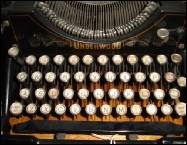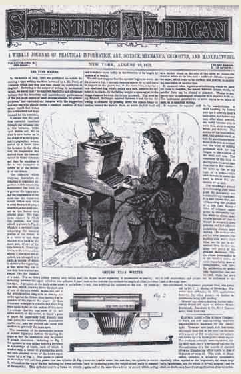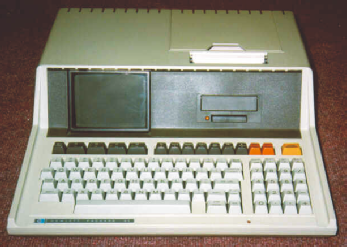























~ Design & Technology ~
Invention and Innovation - The Typewriter
all. The entire page would need to be retyped if the pages had to look really good or if perfect



What design features do these have these two machines - the old fashioned typewriter and the modern computer - still have in common ?
So to return to the question asked at the start of this section - Perhaps the most interesting ‘left-over’ of the era of the typewriter is the “QWERTY” layout of the modern keyboard. Designed as it is so that the most commonly used keys
were not placed together - and so reducing the potential clashing of the mechanical keys and therefore preventing keys jamming during typing.
... and a little over 100 years later in 1980 Hewlett Packard produced their HP-85 personal computing system.
In the same year IBM, who were working on their own personal computing system hired two individuals - Paul Allen and Bill Gates to develop an operating system for them. This was called DOS and led to the establishment of Microsoft as a world leader in operating systems for computers.
In the same year IBM, who were working on their own personal computing system hired two individuals -
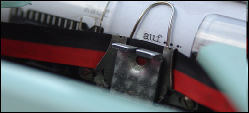
copies were needed. Copies relied on the pressure of the hard typeface hitting an inked ribbon - to provide the top copy - but then the pressure passing through onto a sheet of ‘carbon paper’ - a very thin sheet coated on one
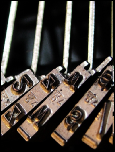
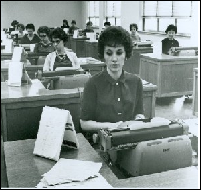
side with a carbon film. The copies were very much a ‘reference only document.
If two or more good copies were needed then the document would have to be done
If two or more good copies were needed then the document would have to be done
Despite all of the model changes allowing the transition through various ‘machines
- changes in the working of the ‘Mechanical keys’, Electric typewriters , Golfball typewriters (in which the typeface could be changed), Daisy wheel typewriters,
-
Memory typewriters and finally computers and printers - they were all developments of what was essentially the same invention - a means of making printed words by ordinary individuals. The one main common feature of all of these models were the users themselves who as each new machine came along was asked to use them in busy office situations. The way the keys were arranged on the
keyboard remained the same despite several attempts to alter it since any change in keyboard layouts would have slowed the typists’ output and dulled the skills that ‘typists’ had built up during their years of office experience.
This is a good example of ‘incremental change’ in a product. Incremental change rather than radical change is when only slight developments are made in an invention rather than major alterations.
This is a good example of ‘incremental change’ in a product. Incremental change rather than radical change is when only slight developments are made in an invention rather than major alterations.
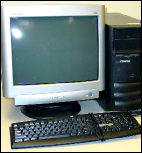
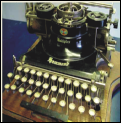
We have come to take for granted the ease with which words can be checked for spelling and with which complete documents can be reprinted as many times as necessary - but what about the days before computers when the humble typewriter clattered noisily away in the old-style offices ? Before computers transformed our ability to change and print out text ‘typists’ laboured to make sure that what was typed on a page - whether it be
a letter of a part of an essay - was absolutely accurate - with no mistakes at
finally electrostatic copiers (the start of the modern photo-copier) were available as Xerox machines.
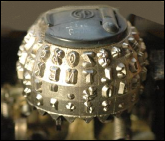
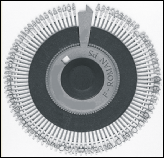
This publication dated 1873 shows the first model of the Sholes & Glidden typewriter ..… the start of ‘modern’ office technology ….
Why donate ?

however many times were necessary ! One of the earliest alternative ways copying a document was by using a ‘Roneo’ or Gestetner’ copier. These two machines allowed a ‘stencil’ produced on a typewriter to be used to allow many copies - of lesser quality - to be made. This situation was common even until around the mid 1960s when thermal papers and

